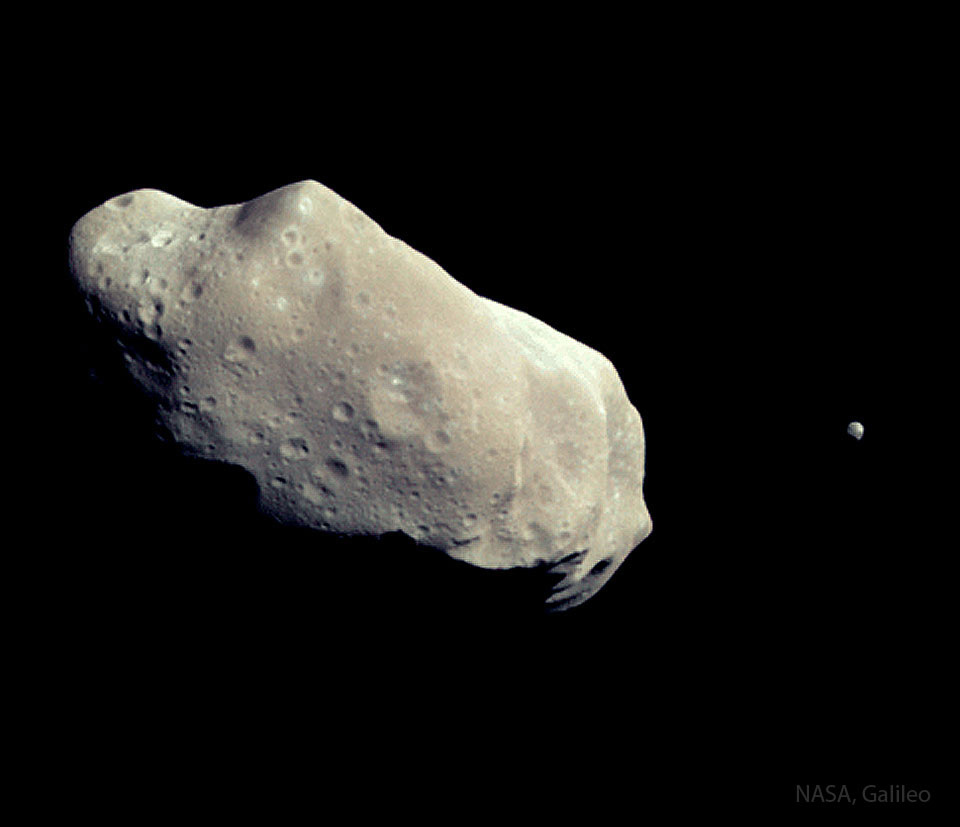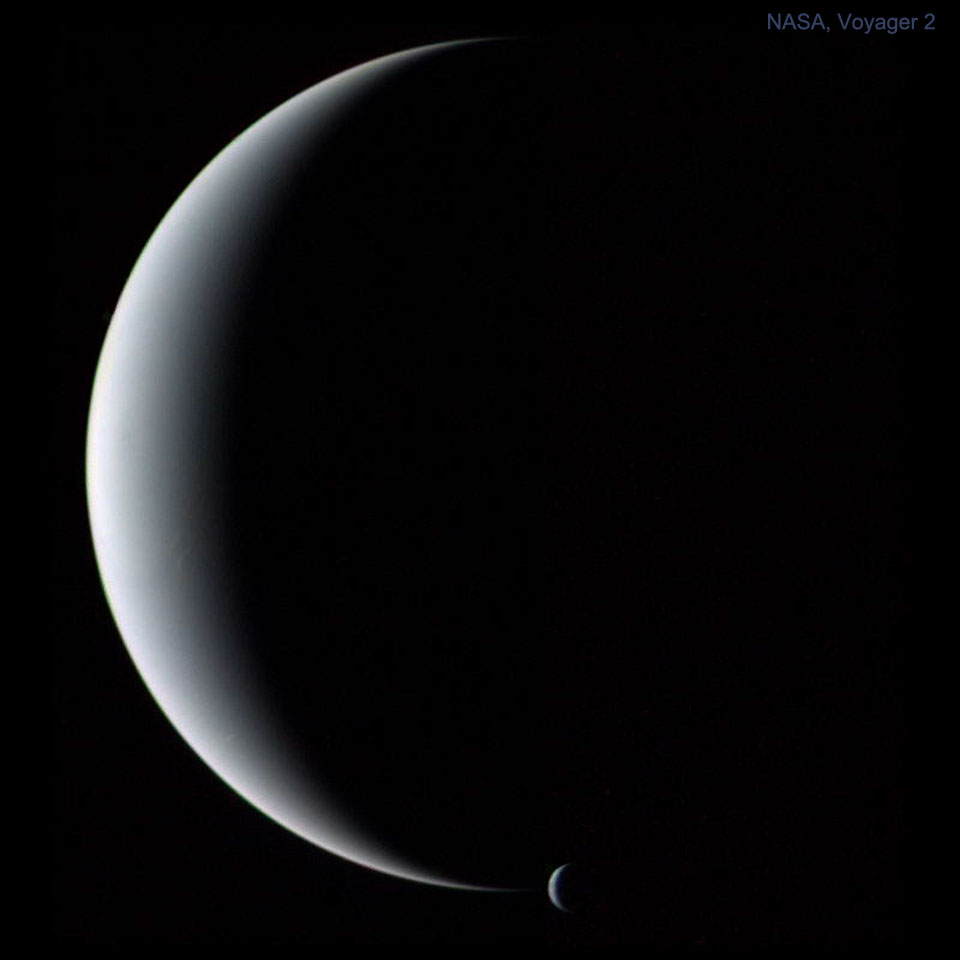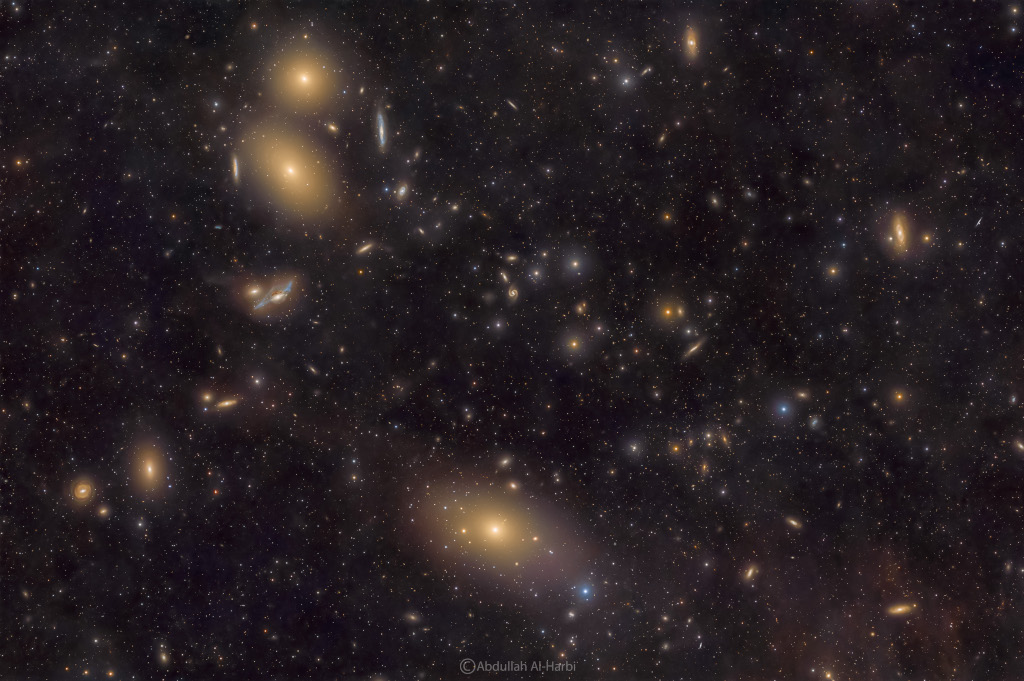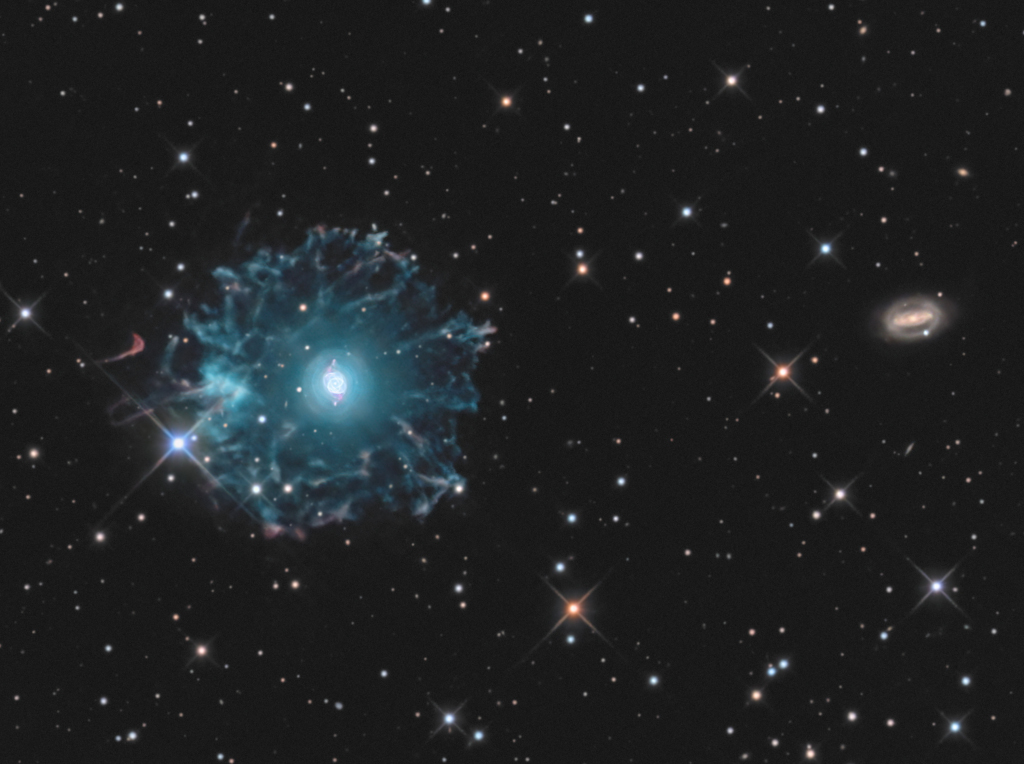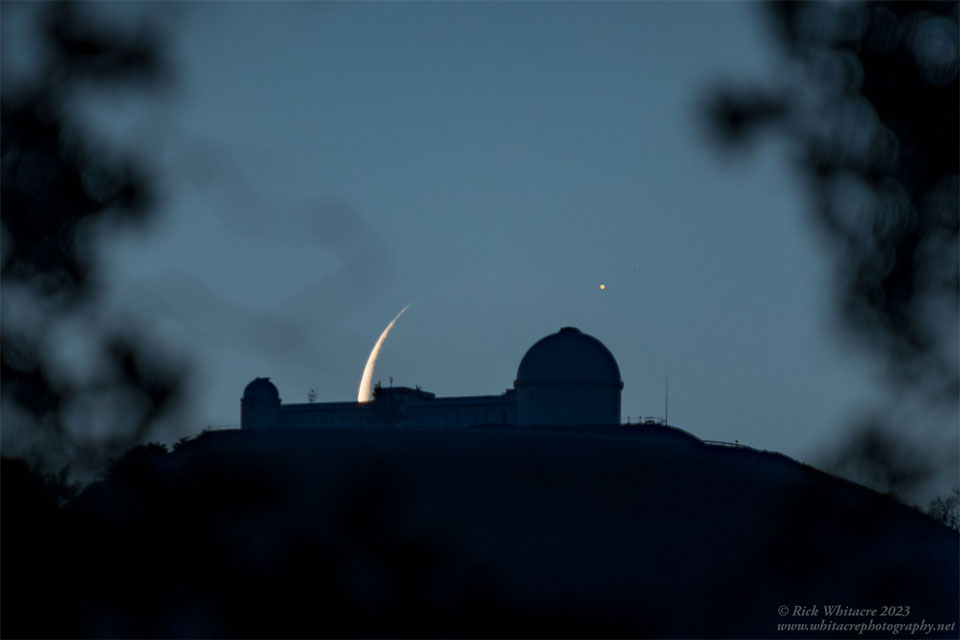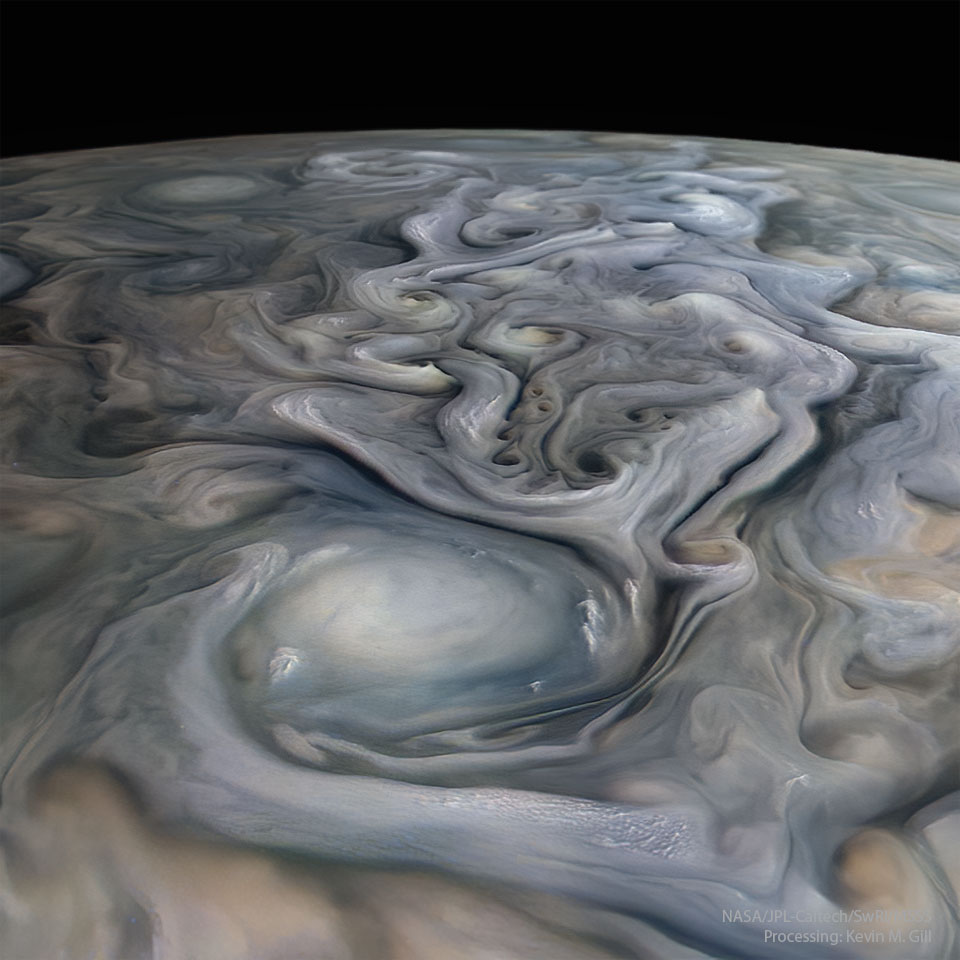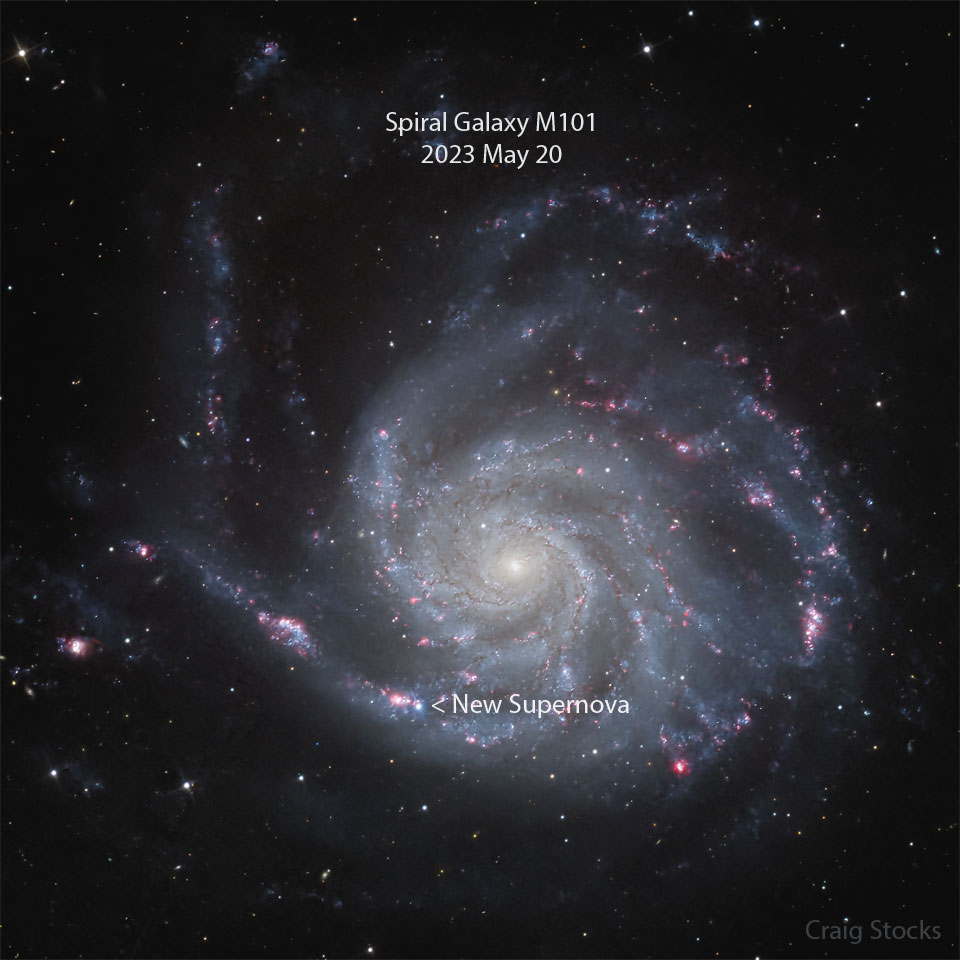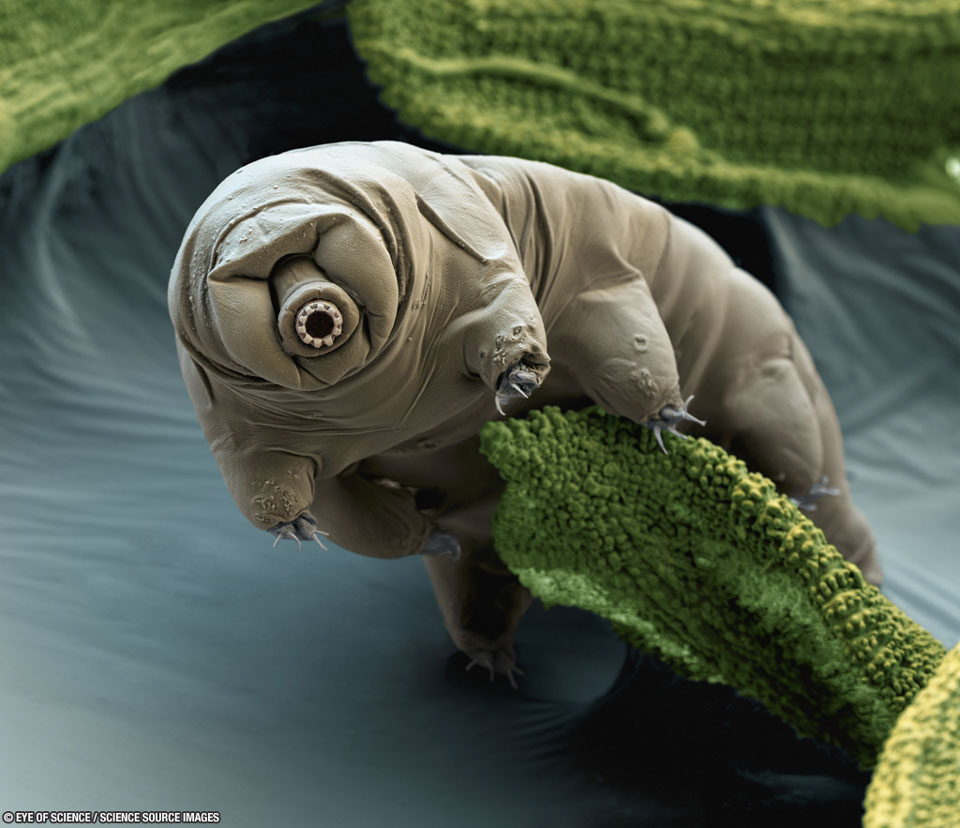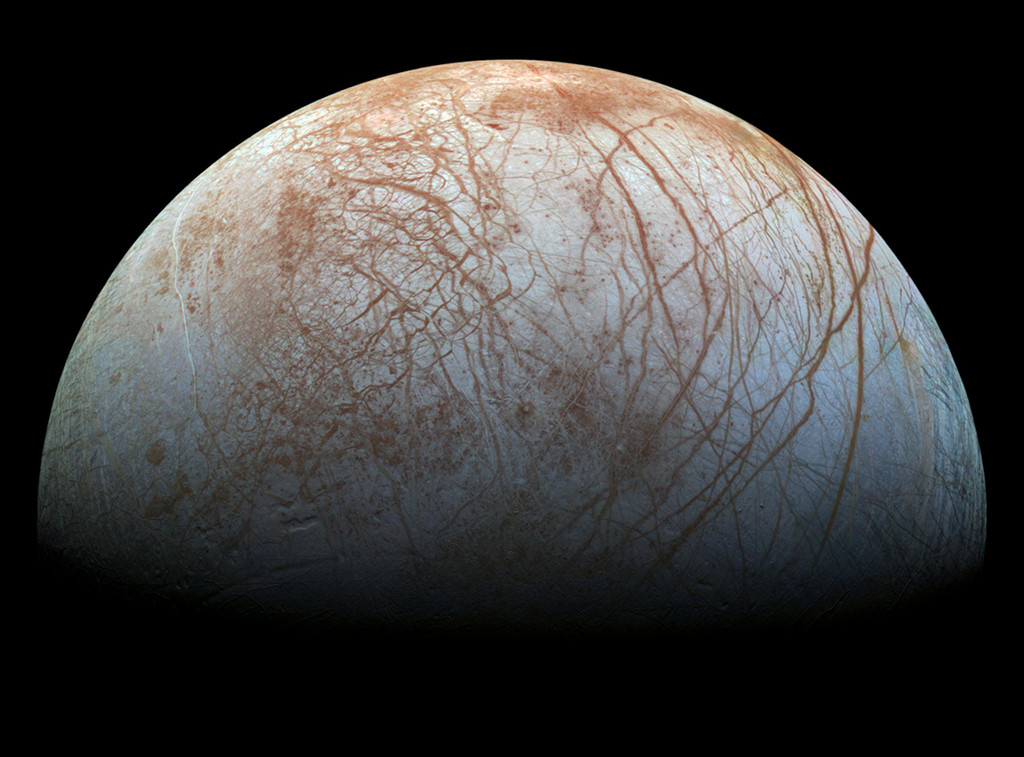안녕하세요, 잡학다식 입니다. 오늘은 과연 나사에서 어떤 방식으로 우주의 형상을 표현해 줄까요?
우선 이미지부터 볼 수 있도록 하겠습니다

해당 사진의 이름은 Milky Way over a Turquoise Wonderland 인데요 우선 NASA에서 공식적으로 발표한 설명들을 확인해 보겠습니다
What glows there? The answer depends: sea or sky? In the sea, the unusual blue glow is bioluminescence. Specifically, the glimmer arises from Noctiluca scintillans, single-celled plankton stimulated by the lapping waves. The plankton use their glow to startle and illuminate predators. This mid-February display on an island in the Maldives was so intense that the astrophotographer described it as a turquoise wonderland. In the sky, by contrast, are the more familiar glows of stars and nebulas. The white band rising from the artificially-illuminated green plants is created by billions of stars in the central disk of our Milky Way Galaxy. Also visible in the sky is the star cluster Omega Centauri, toward the left, and the famous Southern Cross asterism in the center. Red-glowing nebulas include the bright Carina Nebula, just right of center, and the expansive Gum Nebula on the upper right.
이번에도 광활한 우주 앞에 인간이 얼마나 작은 존재인지 다시 한번 알게 되는것 같습니다
저는 내일도 더 좋은 사진과 함께 돌아오겠습니다, 그럼 행목한 하루 되시길 바랍니다
'과학상식' 카테고리의 다른 글
| NASA 나사의 오늘의 이미지들 (2023-05-31) (0) | 2023.06.01 |
|---|---|
| NASA 나사의 오늘의 이미지들 (2023-05-30) (0) | 2023.05.31 |
| NASA 나사의 오늘의 이미지들 (2023-05-28) (0) | 2023.05.29 |
| NASA 나사의 오늘의 이미지들 (2023-05-27) (0) | 2023.05.28 |
| NASA 나사의 오늘의 이미지들 (2023-05-26) (0) | 2023.05.27 |
